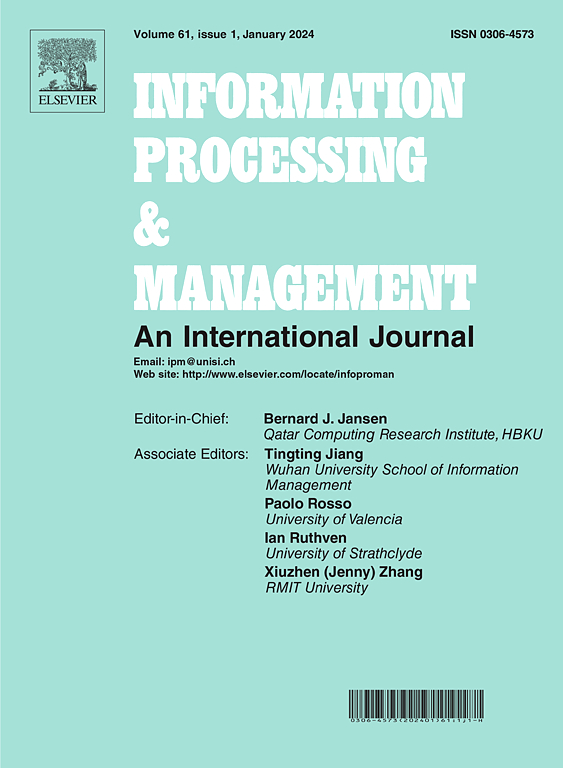Latitude-oriented hierarchical enhancement network for omnidirectional image super-resolution
IF 6.9
1区 管理学
Q1 COMPUTER SCIENCE, INFORMATION SYSTEMS
引用次数: 0
Abstract
Omnidirectional image super-resolution (ODISR) holds significant application potential in various industrial scenarios, such as virtual reality and autonomous driving. However, most existing super-resolution methods focus on standard 2D images and yield unsatisfactory ODISR performance, because omnidirectional images (ODIs) typically adopt the equirectangular projection (ERP) format, suffering from serious geometric distortion and differentiated texture features related to the latitude. In this paper, we propose a novel latitude-oriented hierarchical enhancement network (LOHE-Net) for ODISR, which allows features at different latitudes to obtain hierarchical enhancement. Specifically, we first exploit a hierarchical enhancement unit to divide an ERP feature map into different sub-regions according to the latitude and then perform distinct enhancement for these sub-regions, which can effectively address the differentiation of texture features, adapt the geometric distortion, and derive high-frequency information across latitudes in ERP ODIs. Subsequently, we introduce a distillation and spatial enhancement unit to progressively extract important information and further refine it in the spatial domain, boosting the representation ability with low computational cost. Extensive quantitative and qualitative experiments validate the superior ODISR performance and computational efficiency of our LOHE-Net.
面向纬度的全向图像超分辨率分层增强网络
全向图像超分辨率(ODISR)在虚拟现实和自动驾驶等各种工业场景中具有重要的应用潜力。然而,由于全向图像通常采用等矩形投影(ERP)格式,存在严重的几何畸变和与纬度相关的纹理特征差异,现有的超分辨率方法大多集中在标准二维图像上,其ODISR性能不理想。本文提出了一种新的面向纬度的ODISR分层增强网络(LOHE-Net),该网络允许不同纬度的特征得到分层增强。具体而言,我们首先利用层次增强单元将ERP特征图根据纬度划分为不同的子区域,然后对这些子区域进行不同的增强,有效地解决了纹理特征的分化问题,适应了几何畸变,并获得了ERP odi中跨纬度的高频信息。随后,我们引入了一个蒸馏和空间增强单元,逐步提取重要信息并在空间域中进一步细化,以较低的计算成本提高了表示能力。大量的定量和定性实验验证了我们的LOHE-Net优越的ODISR性能和计算效率。
本文章由计算机程序翻译,如有差异,请以英文原文为准。
求助全文
约1分钟内获得全文
求助全文
来源期刊

Information Processing & Management
工程技术-计算机:信息系统
CiteScore
17.00
自引率
11.60%
发文量
276
审稿时长
39 days
期刊介绍:
Information Processing and Management is dedicated to publishing cutting-edge original research at the convergence of computing and information science. Our scope encompasses theory, methods, and applications across various domains, including advertising, business, health, information science, information technology marketing, and social computing.
We aim to cater to the interests of both primary researchers and practitioners by offering an effective platform for the timely dissemination of advanced and topical issues in this interdisciplinary field. The journal places particular emphasis on original research articles, research survey articles, research method articles, and articles addressing critical applications of research. Join us in advancing knowledge and innovation at the intersection of computing and information science.
 求助内容:
求助内容: 应助结果提醒方式:
应助结果提醒方式:


